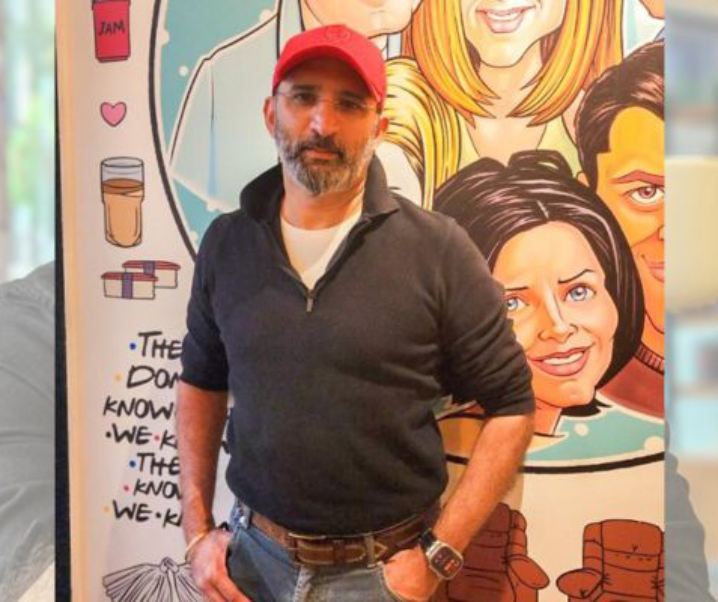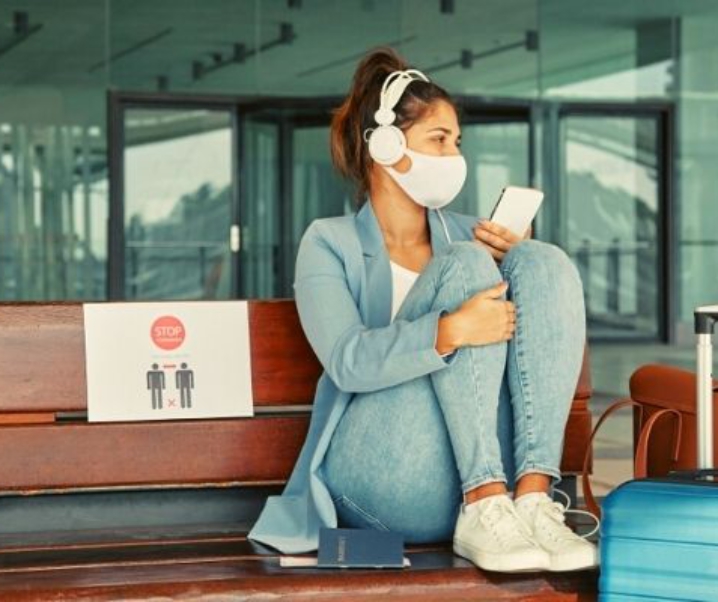Culture, a timeless companion, has woven its threads into the very fabric of our lives, and it’s here to stay, casting its influence over generations to come. It’s not just an abstract concept; culture stands as a profound reflection of communities and nations alike. Why does culture hold such an esteemed position? Because it’s more than just a collection of customs and beliefs; it’s a dynamic force that bestows numerous social and economic benefits.
Culture is like a painter’s palette, enhancing our quality of life and enriching our collective well-being. It’s a medium through which individuals express their skills, craft their identities, and safeguard the bonds that tie communities together. In essence, culture is the compass that guides how a community responds, evolves, and thrives, both as individuals and as a whole. It’s a mosaic composed of language, ideas, rituals, beliefs, customs, institutions, works of art, and ceremonies, among other elements, shaping the identity of a community and defining its essence.
Every man’s ability may be strengthened or increased by culture.”
-John Abbot
Why Culture Matters
Culture is uniquely human, and its importance lies in the stability and purpose it imparts to our lives. Let’s explore some compelling reasons why culture is an indispensable part of our existence:
- Culture Produces Stability for People: In a world filled with uncertainty, culture acts as an anchor, providing a stable foundation upon which individuals and communities can build their lives.
- Culture Nurtures People: It nurtures our minds and souls, offering a nurturing environment for personal and collective growth.
- Culture Is the Lifeblood of a Vibrant Society: Cultures infuse vitality into societies, making them vibrant and dynamic by celebrating diversity and promoting unity.
- Culture Shapes Our Identity: It shapes our individual and collective identities, helping us understand who we are and where we come from.
- Culture Gives Us a Sense of Belongingness: It fosters a profound sense of belonging, helping individuals find their place within their community and the world.
- Culture Helps Us Preserve History & Traditions: Cultures serve as guardians of history, preserving traditions and passing them down through generations.
- Culture Influences Our Beliefs & Values: It plays a pivotal role in shaping our beliefs and values, influencing how we perceive and interact with the world around us.
- Culture Promotes Social Cohesion and Inclusion: It serves as the glue that binds societies together, promoting social cohesion and inclusion.
- Culture Is a Source of Entertainment and Enjoyment: From music and dance to art and cuisine, culture provides a wellspring of entertainment and enjoyment that enriches our lives.
- Culture Gives Us a Sense of Purpose and Meaning in Life: It provides a sense of purpose and meaning, guiding individuals in their pursuit of happiness and fulfillment.
Individual and Collective culture
While culture embodies a collective identity, it doesn’t negate the importance of individualism. In the grand tapestry of human existence, both individual and collective cultures have their roles to play.

Individual Culture: The Unique Identity
Imagine yourself as the artist of your own life, carefully selecting the colors and brushstrokes that define your personal cultural canvas. Individual culture is all about you – your beliefs, values, upbringing, education, and environment. It’s not stagnant; it’s an ever-evolving masterpiece that grows with each new experience.
Influences on Individual Culture
Family: As toddlers, we’re already sponges soaking up the traditions and values of our families. These early influences shape our individual identities, forming the backdrop of our cultural portrait.
Education: Schools are like art studios, introducing us to a palette of new ideas and perspectives. They can either complement our existing cultural palette or challenge it with fresh, vibrant colors.
Media and Technology: Our digital age adds new shades to our individual culture. The content we consume – be it TV, social media, or the vast expanse of the internet – can mold our beliefs and values.
Life Experiences: Travel, relationships, and work broaden our horizons. Interactions with diverse people and environments add depth and complexity to our cultural artwork.
The Fluid Nature of Individual Culture
Picture your cultural portrait as a living, breathing entity, adapting and transforming with time. As you encounter new ideas and perspectives, your beliefs and values may shift like a painter experimenting with new techniques. This adaptability is a testament to your capacity for growth.
Cultural Identity and Individuality
But wait, there’s more to individual culture than meets the eye. It’s not just about being unique; it’s also the cornerstone of your cultural identity. This identity isn’t set in stone; it’s a dynamic interplay of your personal and collective cultural threads, creating a unique tapestry that tells your story.

Collective Culture: Strength in Numbers
Now, zoom out from the individual canvas to a broader landscape – that’s where collective culture resides. Collective culture represents the shared values, beliefs, customs, and behaviors of a group of people who identify with a common cultural heritage. It’s a place where unity and shared identity thrive.
Influences on Collective Culture
History: The roots of collective culture run deep, often anchored in historical events. Triumphs, traumas, and milestones leave their mark on the collective memory, painting the backdrop for the group’s cultural narrative.
Religion: Religious beliefs and practices form the heart of many collective cultures. They provide a spiritual connection and serve as cultural hubs, nurturing a sense of unity and shared values.
Geography: Mother Nature herself plays a role in collective culture. Climate, natural resources, and the physical environment shape how people live, eat, and interact.
Language: Language isn’t just words; it’s a cultural treasure chest. The language spoken within a community carries centuries of cultural nuances and history.
The Role of Tradition and Ritual
Collective culture isn’t just a mural on the wall; it’s a living, breathing ecosystem of traditions and rituals passed down through generations. These practices maintain a sense of continuity and identity within the group, like brushstrokes that keep the masterpiece alive.
Collective Culture and Social Cohesion
Imagine collective culture as the glue that holds a community together. It provides a framework for shared values and norms, fostering social order and cooperation. In times of trouble, it’s the support system that helps individuals find their way.

Individual vs. Collective Culture: The Interplay
But, what happens when individual and collective cultures meet? They don’t exist in separate galleries; they share a common canvas. This interaction creates a captivating dance of colors and shapes, where each stroke influences the other.
Cultural Identity and Hybridity
Many of us are cultural chameleons, navigating the intriguing dance between individual and collective cultures. Picture someone of Asian descent, born and raised in the United States, whose individual culture intertwines with American values while maintaining strong connections to Asian collective culture through family, language, and traditions.
Cultural Adaptation
Sometimes, individuals embark on a journey to a new cultural realm. Immigrants and expatriates, for instance, learn to adapt their individual cultures to fit the collective culture of their new home while preserving their roots.
Cultural Exchange and Innovation
When different individual and collective cultures collide, magic happens. Ideas, cuisines, art forms, and traditions blend, creating entirely new cultural expressions that leave us in awe.
Conflict and Cultural Clash
Yet, like any dance, there can be missteps. Conflicts may arise when individual values clash with collective norms. The tension can be challenging, but it also offers an opportunity for growth and understanding.

In our world, as vibrant and diverse as a kaleidoscope, understanding individual and collective cultures is essential. These dimensions don’t exist in isolation; they’re threads that weave together the fabric of our global community. Acknowledging the fluidity of individual culture and the significance of collective culture allows us to embrace the rich diversity of human experience. It fosters empathy, respect, and cooperation across cultural boundaries.
Ultimately, the interplay between individual and collective cultures is a testament to the ever-evolving nature of the human experience. Each person’s unique journey adds a brushstroke to the collective masterpiece of humanity, creating a story that continues to unfold. So, let us appreciate the beauty of both individual and collective cultures, for they are the vibrant colors that paint our shared canvas of existence.



















What do you think?